Support: Five copper plates, not furnished with original plate numbering; h. 7 × w. 22-23 cm. The left side of every plate is pierced by a hole through which runs a ring, to which is soldered “a roughly oval seal, which is worn out completely” (Ramachandra Murthy 1999: 114).
Text: Sanskrit, Southern Brāhmī script. Middle Indo-Aryan, in the same script. 25 lines of text beginning on face 1b, 3 lines per face except the last line which stands alone on face 5b.
Date: Unspecified regnal year of Siri-Ehavalacāntamūlavamma, i.e., approximately between 250 and 300 CE.
Origin: Original place of preservation unknown.
Provenance: Discovery at a hamlet called Patagandigudem reported in the Indian newspaper The Hindu in March 1998. Identified at Telangana State Museum (acc. no. 98-15) in January 2016.
(2)dhāvārā ◊ dhaṁṇakaḍāto ◊ māhārājā ◊ °asamedha-
(3)yāji°akkhayahiraṁṇakoḍippadāyiḥ °ikkhākūṇaṁplate 2a
(4) raṁño sirī°ehavalacāntamūlavaṁmmā °aṇavetī
(5) °ettha pithuṁḍe ◊ sābhittāṇehi ◊ mahāvihārasa °ava-
(6)raddāre ◊ cātusāle °amhehi kāritaṁ ◊ °etassa ya ◊ khaṇḍaplate 2b –
(7)pullasaṇṭhappasa cātusāle ◊ °āgaṁtukavatthavvāṇa pavva-
(8)yitāṇaṁ ◊ vissāmaṇatthaṁ ◊ rañ[o] °ehalavatthamāṇavattha-
(9)vehi ◊ pavvayitehi avaraddāraseliyehi ◊plate 3a
(10) °aryyayakkhapamuhehi °aṇuṭṭhiya ◊ sāsanaṁ
(11) kāritaṁ ◊ °akkhayanivviṁ ◊ kātūṇaṁ ◊ raño °appaṇo
(12) puṇṇappāyaṇāyubalavaddhaṇatṭhaṁ °ayandatāraka⟨ṁ⟩plate 3b
(13) kātūṇa ◊ pithuṇḍe ◊ mahāvihārasa ◊ nagarassa ◊ °uttaradi-
(14)sāye ◊ mahāsetīye ◊ mahācelakasa °eṭṭhassa ◊ k[ū]la-
(15)tthapaddaggāmapatthe ◊ halaṁkkhettasa niyattāṇā bat[t]ī(sa)plate 4a
(16) 30 2 nidejaṁ ◊ nipoli || pithuṇḍassa ◊ °uttaradisāye va
(17) hatthivārī ◊ pachimadisāye ◊ pupphakalase ha-
(18)laṁkkhettasa niyattaṇacatusaṭṭhi 60 4 ◊ nidejaṁ nippoliplate 4b
(19) °avaraddārī ◊ cātusālassa ◊ halo bhikhubhogaṁ ◊ kātūṇa
(20) samyadattaṁ °āṇattī ◊ mahātalavara °aggasūro ◊ saṁvacharaṁ
(21) himā 4 divasaṁ 3 jeca ◊ °ettakā ◊ rājāṇo ◊ raja-
(22)mattā plate 5avā ◊ talavaramahātalavarā vā jo ◊ °etassa ◊ halaṁbhi⟨kkhu⟩ –
(23)bhogassa ◊ rāgeṇa kodhena vā ◊ lobheṇa ◊ moheṇa vā ◊
(24) harati harāveti vā ◊ haraṁntaṁ vā °aṇuvattati so ◊plate 5b
(25) [paṁ]ca[ma]ha[pāta]k[e]ṇa sa[ṁy]ujyatītt[i]
- (1) bhagavatos Understand bhagavatas or bhagavate. Cf. same form in EIAD 54.
- (1) sarvva- sarva- HF .
- (3) hiraṁṇakoḍi- hiraṇakoḍi- HF .
- (4) raṁño rāñāṁ HF .
- (5) cātusāle cātusālaṁ HF .
- (8) vissāmaṇatthaṁ vissamaṇatthaṁ HF .
- (10) sāsanaṁ sāsaṇa HF .
- (12) °ayandatāraka⟨ṁ⟩ °ayandatārakaṁ HF .
- (14-15) k[ū]latthapaddaggāmapatthe kulatthapaṭṭaggāmapanthe HF .
- (15) bat[t]ī(sa) batī[sa] HF .
- (16) nidejaṁ ◊ nipoli ti dejaṁ ◊ ti poli HF .
- (17) puppha- puppa- HF . Cf. puppa- in EIAD 53, l. 1. But it seems possible to read puppha- here.
- (18) nidejaṁ nippoli ti dejaṁ ti ppoli HF .
- (21) raja- rāj[ā]- HF .
- (22-23) halaṁbhi⟨kkhu⟩bhogassa HF . The restoration of akṣara <kkhu> is imposed by halo bhikhubhogaṁ in l. 19.
- (24) harāveti hārāveti HF .
- (24) haraṁntaṁ haraṁttaṁ HF .
- (25) [paṁ]ca[ma]ha[pāta]k[e]ṇa + + mahāpātareṇa HF .
- (25) sa[ṁy]ujyatītt[i] + ujjati ti HF . The last akṣara might also be read <ttī>. We in fact expect ti.
- bookmark ARIE 1997-98: no. A.1
- bookmark IAR 1997-98: 206 (4)
- bookmark Raghunath 2001: 152-3 (no. 37A)
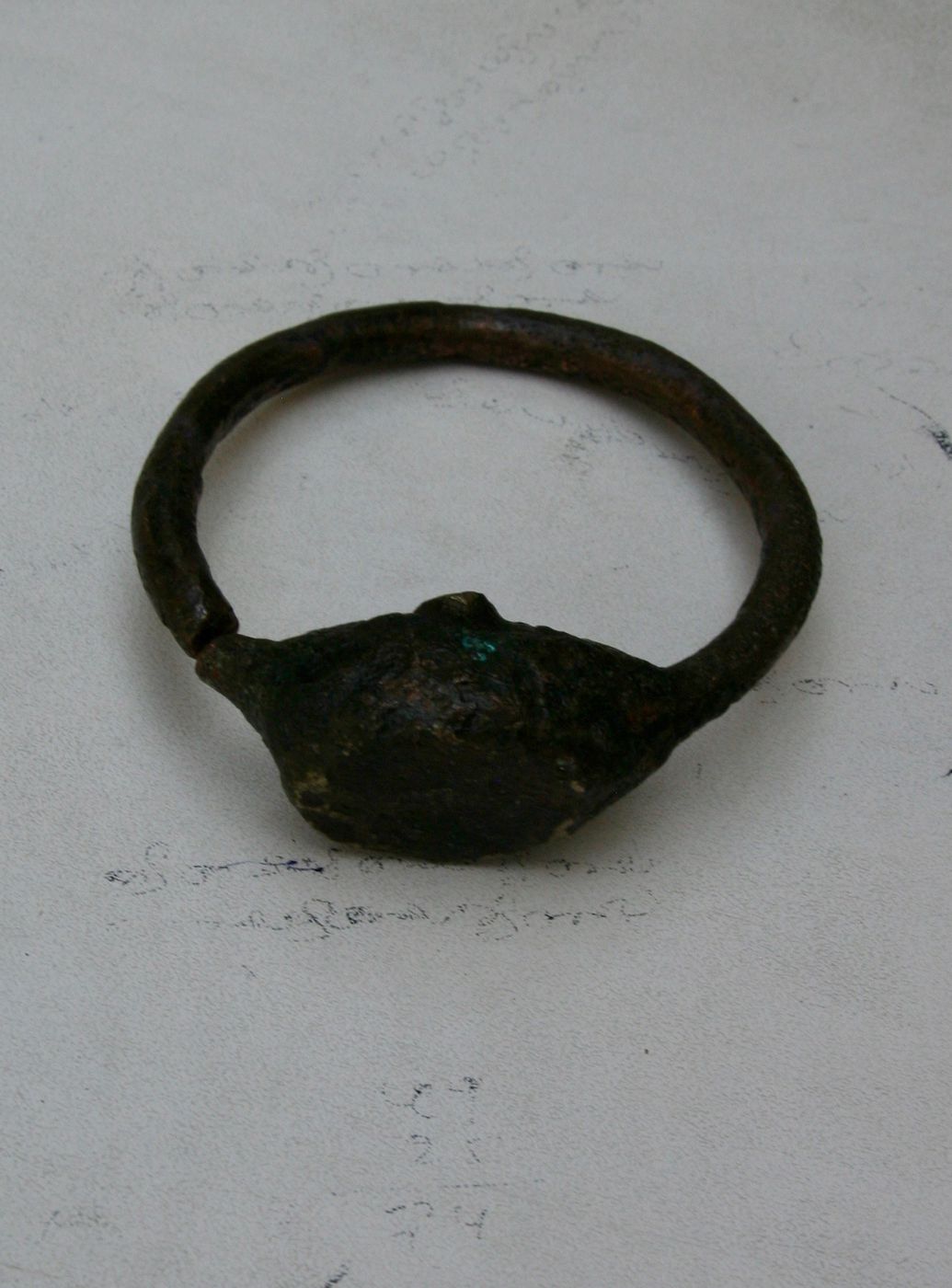

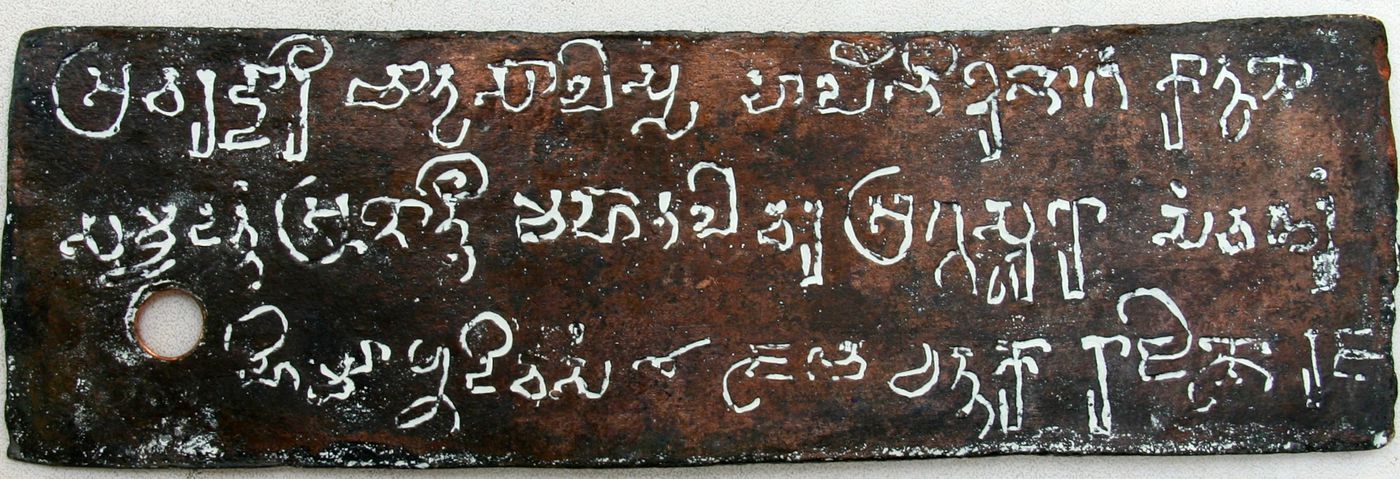

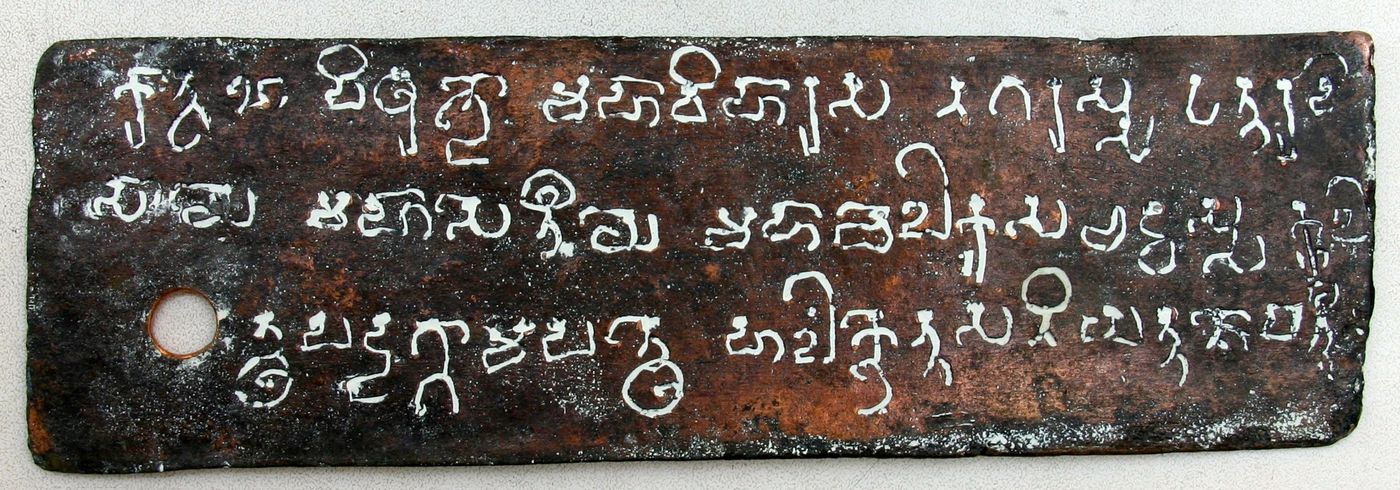
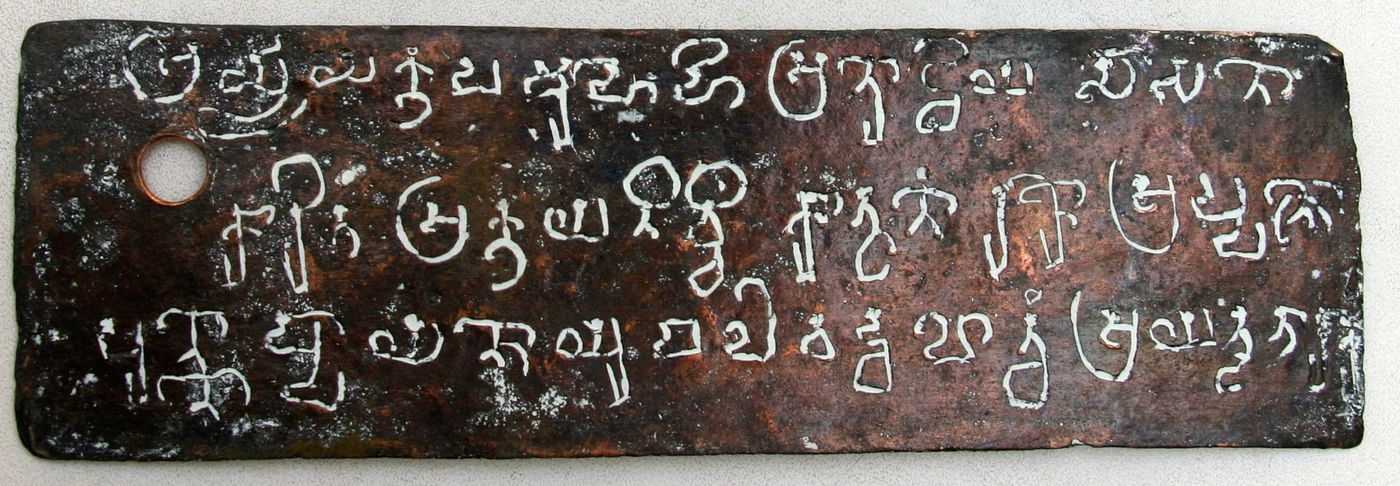



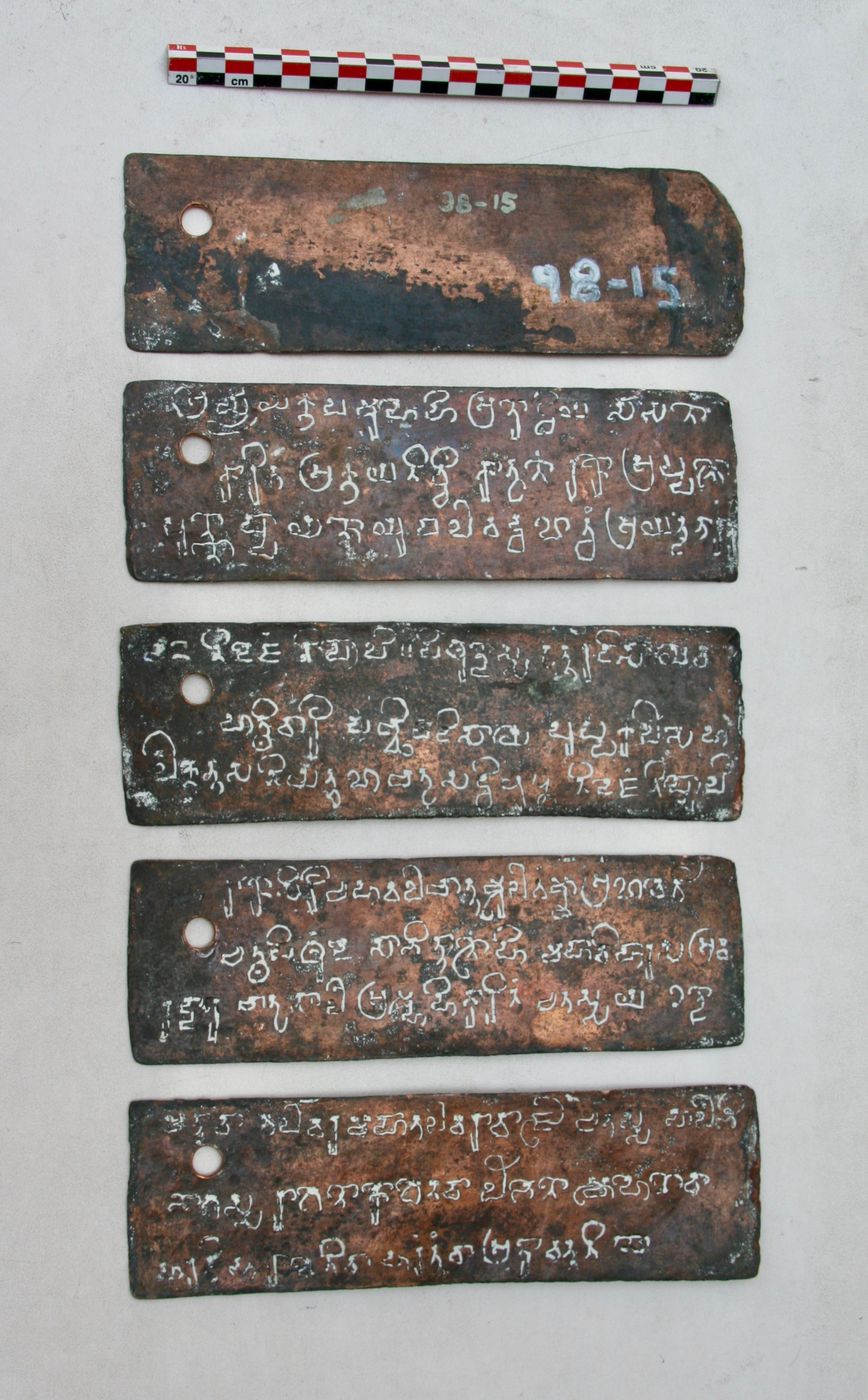








Commentary